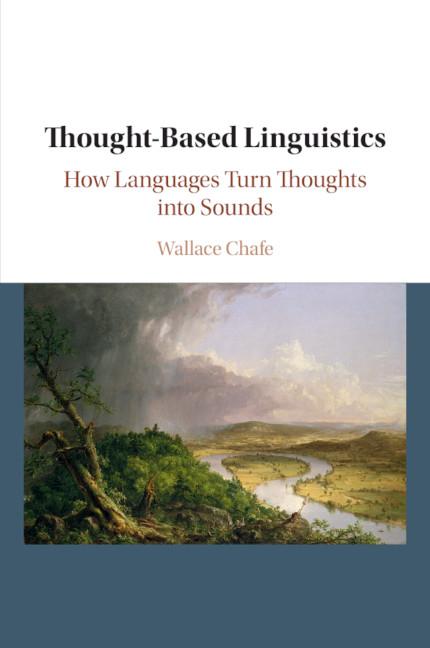
Zustellung: Fr, 23.05. - Di, 27.05.
Versand in 6 Tagen
VersandkostenfreiBestellen & in Filiale abholen:
Discusses the hotly debated subject of the extent to which the structure of language is inseparable from thought. It will appeal to scholars and advanced students in the fields of semantics, pragmatics, the philosophy of language, and psycholinguistics.
Inhaltsverzeichnis
Prologue; Part I. Preliminaries: 1. Background; 2. Ground rules; Part II. Thoughts and their Properties: 3. The priority of thoughts; 4. The path from a thought to a sound; 5. How thoughts are structured; 6. How thoughts are experienced; 7. How thoughts are shared; 8. How thoughts flow through time; Part III. Verbalization Illustrated: 9. From a thought to a sound in English; 10. From a thought to a sound in a polysynthetic language; Part IV. Related Issues: 11. The translation paradox; 12. Repeated verbalizations of the same thought; 13. Rethinking Whorf; 14. Lessons from literature; Part V. Common Ways of Orienting Thoughts: 15. Small numbers and subitizing; 16. Thoughts and gender; 17. Time, tense, memory, and imagination; 18. Relating ideas to reality; Part VI. The Emotional Component of Thoughts: 19. Emotional involvement in a conversation; 20. The feeling of nonseriousness; 21. How language can be beautiful; Epilogue; Index.
Produktdetails
Erscheinungsdatum
17. September 2020
Sprache
englisch
Seitenanzahl
210
Autor/Autorin
Wallace Chafe
Verlag/Hersteller
Produktart
kartoniert
Gewicht
312 g
Größe (L/B/H)
229/152/12 mm
ISBN
9781108431569
Entdecken Sie mehr
Bewertungen
0 Bewertungen
Es wurden noch keine Bewertungen abgegeben. Schreiben Sie die erste Bewertung zu "Thought-Based Linguistics" und helfen Sie damit anderen bei der Kaufentscheidung.











